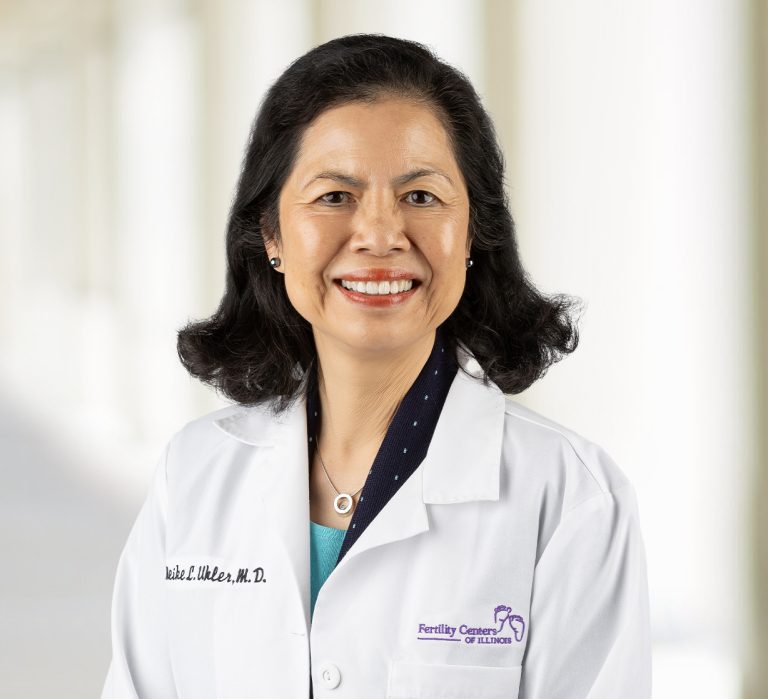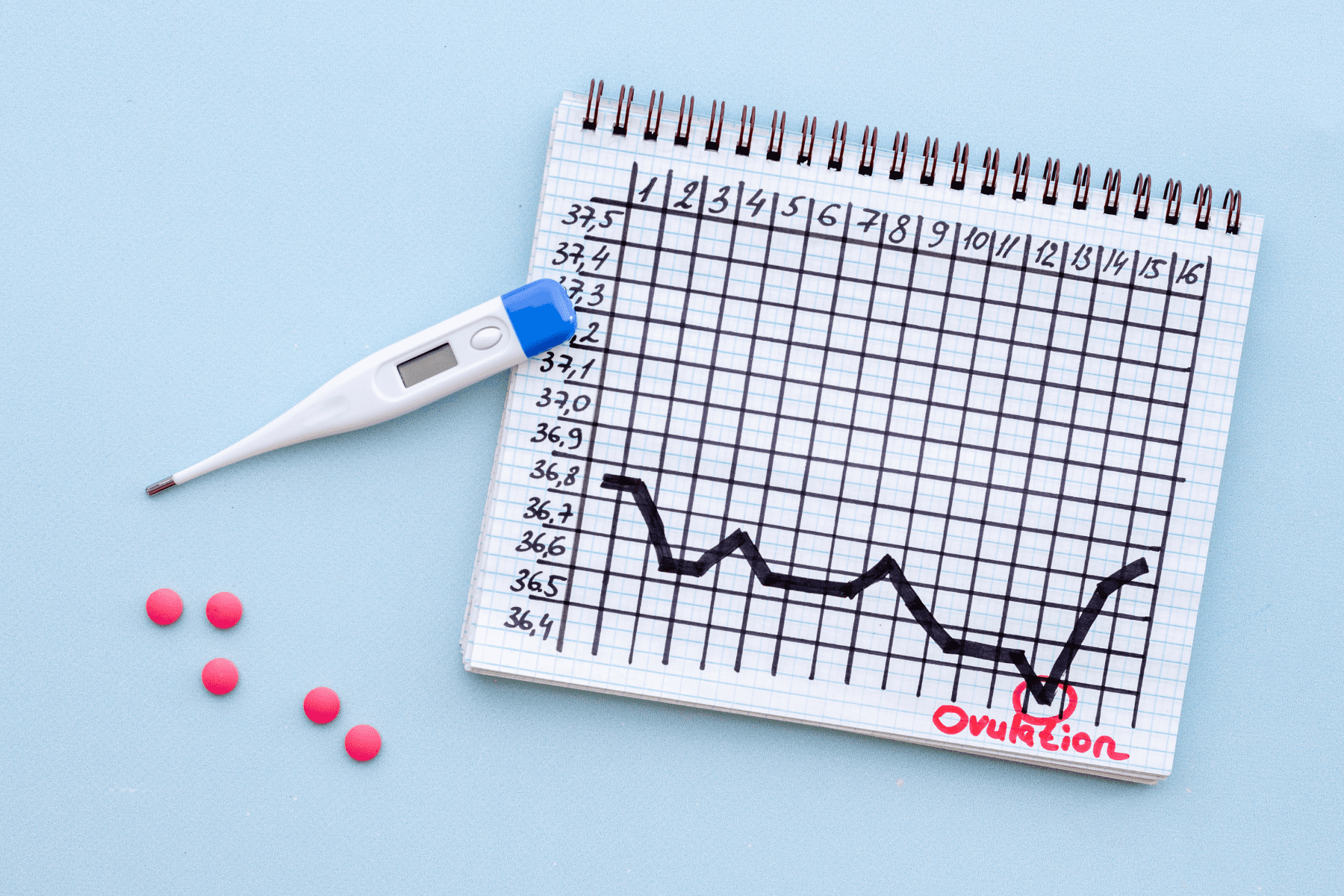The single most important factor in predicting pregnancy is the age of the female partner. It is commonly known that as age increases, the chance of pregnancy decreases. At the same time, the rate of spontaneous miscarriage and chance of having a child with chromosomal abnormality increases with advancing age. Both the age at which women are having their first child and the age of marriage are noted to be rising.
A recent study by the CDC showed that women in the U.S. and other developed countries are waiting significantly longer before becoming pregnant than women of a generation ago. The average age of first-time mothers in the U.S. jumped from 21.4 in 1970 to 25 in 2009. The average age of marriage has similarly increased from 23 in 1970 to 28.2 in 2010.
As women choose to delay marriage and childbearing, the likelihood of future infertility increases. The fecundity or monthly chance of achieving pregnancy gradually but significantly begins to decline at age 32 and decreases more rapidly after age 37.
Ovarian reserve refers to the ability of the ovary to respond to treatment to ovulation induction to produce reasonable quantity and quality of oocytes, and therefore, to achieve pregnancy. Decreased or diminished ovarian reserve (DOR) describes women with regular menstrual cycles with expected decrease in response to ovulation induction compared to women of similar age.
There are several methods to test for ovarian reserve, and the simplest include day 3 FSH and estradiol. FSH is elevated due to the aging ovary not producing adequate amount of inhibin, which in turn suppresses FSH. Estradiol is elevated due to increase in FSH earlier in the menstrual cycle. An FSH
More recently, antimullerian hormone (AMH) levels have been found to correlate with ovarian reserve because AMH is produced by the granulosa cells of the early follicles. Levels of AMH remain relatively consistent within and between menstrual cycles in normal ovulating women and in women with infertility so it can be obtained on any day of the menstrual cycle.
Lower AMH levels (<1.3ng/mL) have been associated with decreased responses to ovarian stimulation, low embryo quality, and poor pregnancy outcomes. In contrast, AMH levels have been noted to be 2-3 fold higher in women with Polycystic Ovarian Syndrome (PCOS).
Similar to natural conception rates which decrease with increasing age, the same trend is seen with infertility treatment. For Fertility Centers of Illinois, patients undergoing in vitro fertilization in 2014 and 2015 under the age of 35 with transfer of a single blastocyst have a clinical pregnancy rate of 62% and live birth rate of 53%.
In addition to the high pregnancy rates, the transfer of a single blastocyst is accompanied by <3% chance of twins, allowing for singleton pregnancy to optimize birth outcomes. In contrast, women older than 40 years old have a clinical pregnancy rate of 25% with a live birth rate of 12%.
Due to the decline in fecundity in women with increasing age, the American Society for Reproductive Medicine (ASRM) has made these recommendations: education and increased awareness of fertility is essential in counseling patients who desire pregnancy, women older than 35 years should receive expedited evaluation and treatment after 6 months of failed attempts to conceive, and women older than 40 years should received immediate evaluation and treatment.
Medical contribution by Meike Uhler, M.D.
Dr. Uhler feels fortunate to play a role in this stage of her patients’ lives. Her research interests focus on the evaluation and treatment of infertility, as well as raising fertility awareness in the general population.







